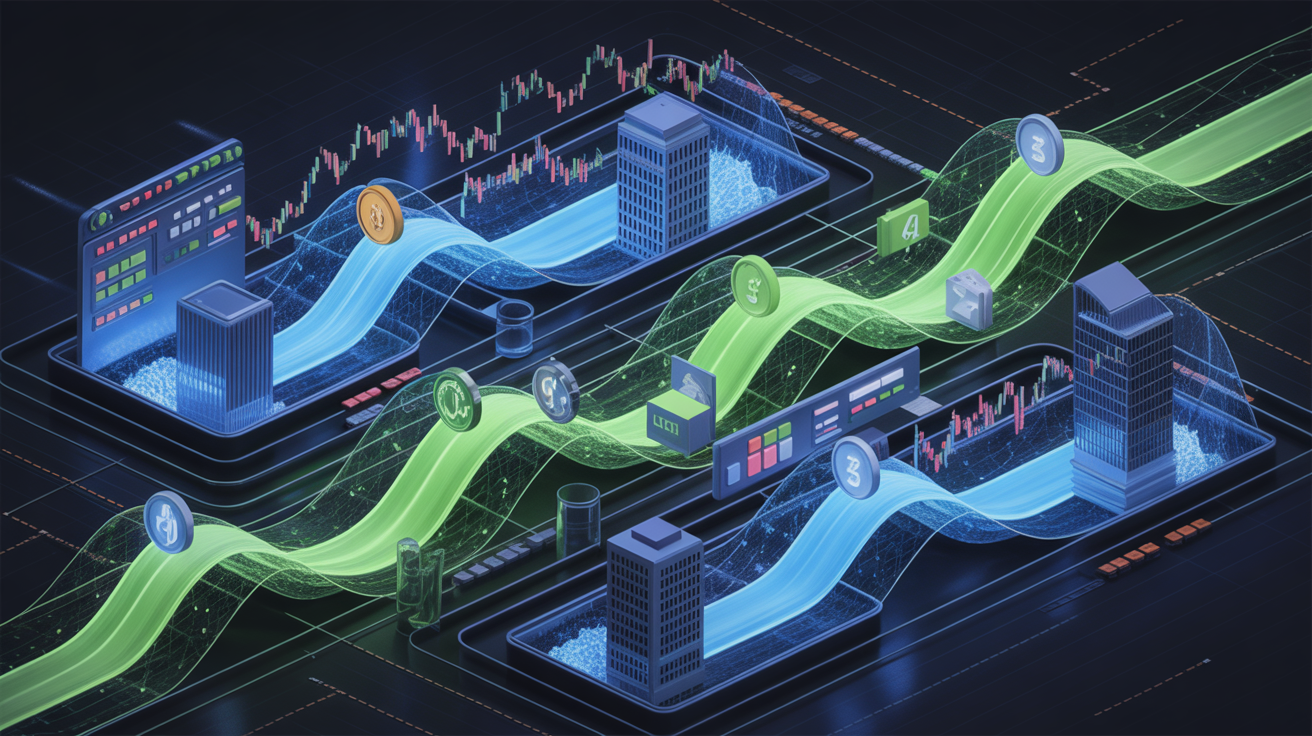Markets are driven by liquidity. Where liquidity goes asset prices go up, and where it moves out of, prices go down.
This theory has been propagated relative to crypto too, meaning that the bitcoin cycle is not driven by the halving event, but by the liquidity cycles, mainly influenced by QEs and QTs happening in the US and China.
While this may be true now, I don't believe it was always so. When Bitcoin inflation was high and halving slashed it significantly, I believe that really drove the cycle in crypto. But no more. Especially now that institutional investors pretty much control the game.
Something else that influences the liquidity in the markets is the US government being shutdown.
Coincidence or not, I think yesterday was the day when officially this US government shutdown became the longest in history, with the second longest one being in 2018-2019, in the current president's first term. That may have fueled the dump too, since it happened on both stocks and crypto, and the latter is the most sensitive to changes in liquidity availability.
I am not an expert in US government shutdowns, but these days, with a few well-crafted prompts one can familiarize to any subject rather quickly.

So... why did the US government shut down?
Basically, none of the options that would have allowed the US lawmakers and the President to come to an agreement about further funding of the governmental agencies came to fruition. The disagreement point is around the Obamacare health program, for which the funding ends in December this year. Trump (and probably most Republicans) doesn't want this funded further. Democrats obviously want it funded. Republicans can't stop the government shutdown without a few votes from the Democrats.
From what I figured out from AI's responses, it looks like the timing for the shutdown was well chosen. Starting from November 1st until the end of the year, Americans need to select their health assurance for 2026. Without governmental funding for Obamacare for next year, those will likely be more expensive and enough people will not afford them, and likely the Democrats bet that they will put pressure on the other side to back off and continue funding Obamacare.
To that there will be added pressure from the public employees who were sent home without pay, and those who were kept on job as "essential personnel", but also unpaid.
And the rest of the Americans have or will likely get fed up by all the public services that likely slowed down to a snail's pace. Who do they blame often is related to their political affiliation (or both if they have none), but most of them are concerned, from what the AI told me, citing recent polls.
What does it have to do with the markets?
It does, at many levels. For example, the SEC and CFTC are practically blocked. Fed works because it's not funded by the government, but it operates in a state of "data blindness", because many of the reports, data and indicators it uses for its policies no longer come out, since the agencies that produce them are shut down.
With the US governmental contracts suspended, governmental services blocked (like the national parks), most public workers home without payment (or working without payment), that means a significant impact to the US GDP (estimated at 15bn USD weekly, it seems), which includes unpaid salaries and losses to businesses. Part of that liquidity would have found way to the markets, but the slowing economy due to the blockage will likely force the Fed to cut rates again, whether they want it or not.
A further slowing of the US economy, partially potentiated by the government shutdown will not be well received by the markets, especially those that are directly impacted by fluctuations in liquidity, and crypto is at the forefront of that, with stocks following.
If a solution is (searched and) found and the blockage ends, I expect the two asset classes to immediately have a positive reaction. Otherwise, I don't like how things align, at least for the short term.
For next year, however... things change considerably. We will have mid-term elections in November in the US, and the Republicans can't afford things to "look bad" before and close to that moment. Since they control both the House and the Senate, and have the President, we should expect them to make everything in their power to keep the appearances of a good direction, regardless whether it is or isn't.
Note that the mandate of Jerome Powell as head of the Fed ends in February next year, after which the US President elects the new one, that must be confirmed by the Senate. We know the two had opposite views regarding the monetary policy, with Trump asking for aggressive cuts of the interest rate for a long time, something Powell didn't agree with.
At the global scale, China is doing some sort of targeted easing instead of a quantitative easing, but voices both domestic and international say they will have to go full QE to be effective based on the issues they face with the real estate crisis and plummeting of domestic consumption. In fact, they may be doing some hidden QE right now, the AI was quick at finding out.
The targeted easing from China which may turn into a full QE at some point, with the elements particular to the US like the coming mid-term elections and the injection of new liquidity once the government shutdown is over, coming from the top 2 economies in the world by far, likely don't paint a picture where next year would look bad for the markets. But until then, who knows?
On the long term nothing is certain, since these liquidity pumps may be decoupled from economic realities, unless economic growth restarts, and is driven by more than a few sectors.